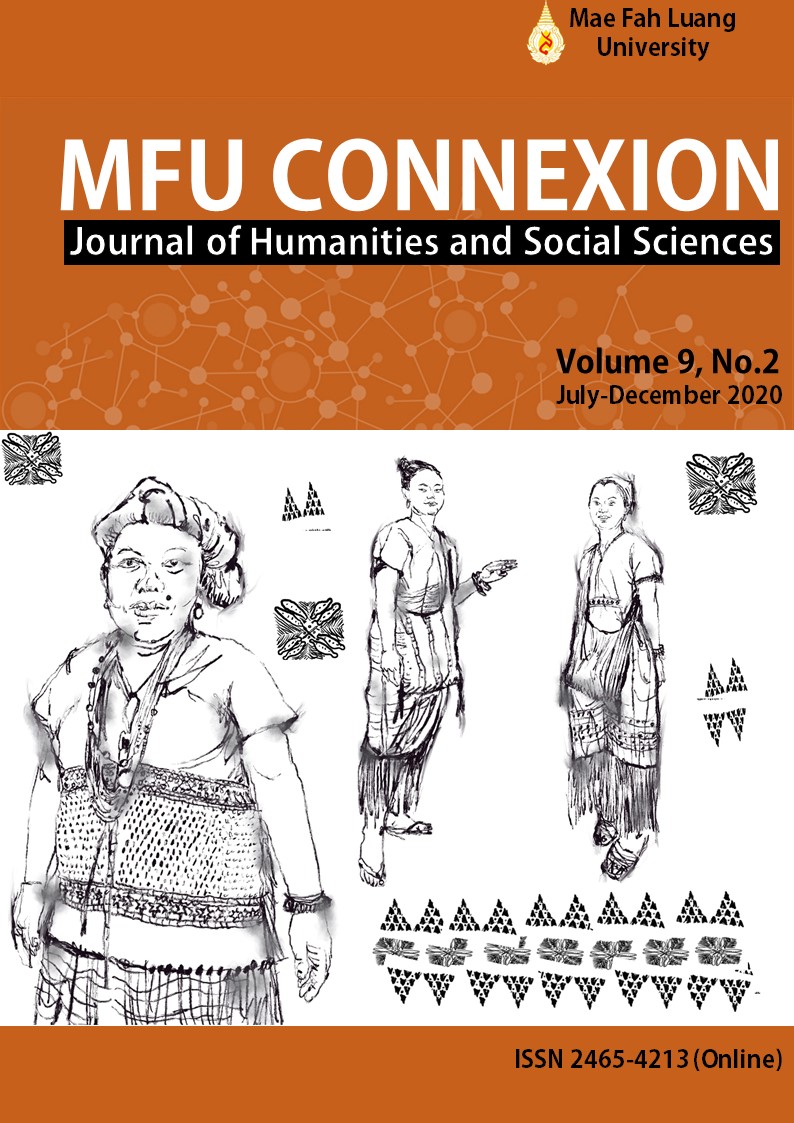Closing the Loop in Supply Chain Management: Using Reverse Logistics to Support the Development of the Circular Economy
Main Article Content
Abstract
This study proposes a policy that helps develop reverse logistics, which is the basis for the development of the circular economy. Primary data was obtained by conducting a focus group with participants from private and public organizations. Topics were about current practices, challenges, and recommendations of supply chain, logistics, and closed-loop supply chain managements in participants’ organizations. Secondary data derived from literature about the circular economy, closed-loop supply chains and reverse logistics was incorporated with the primary data in order to derive a draft strategic policy for the development of reverse logistics and closed-loop supply chains in Thailand. Findings suggest that to develop closed-loop supply chains in Thailand must start with creating awareness in the society. It is important to make people aware of the benefits of reverse logistics in supporting the circular economy. Basic infrastructure that supports the development of reverse logistics such as sorting centers, laws and regulations are also critical. The findings obtained from the focus group were used to propose the policy related to reverse logistics. Outcome of initiating reverse logistics are: reducing operational costs, creating value-added to products, satisfying customer needs, reducing environmental impacts, and increasing corporate images. The proposed draft policy is useful for policy-makers by providing them with guiding principles. This is a starting point for developing further plans related to the development of reverse logistics and closed-loop supply chains. Academia can also use this study as a basis for further research related to reverse logistics, closed-loop supply chains, and the circular economy.
Article Details
Copyright
Connexion: Journal of Humanities and Social Sciences has an exclusive right to publish the accepted articles in any form. However, the author retains the following rights:
1. The right to the ownership of the article;
2. The right to use all or part of the article in his/her other works;
3. The right to re-produce the article for personal use or for use in the author’s organisation, in which case the author must obtain permission from Connexion: Journal of Humanities and Social Sciences;
4. The right to make copies of all or part of the work for educational use or for the author’s use in classroom teaching; and
5. The right to include the work (both the preprinted and printed versions) in an institutional repository.
References
EGAT. (2019) ECO challenge: Circular economy: A new sustainability optimism, Industrial Estate Authority of Thailand, vol. 15, pp. 1-38.
Frosch, R. A., & Gallopoulos, N. E. (1989) Strategies for manufacturing, Scientific American, vol. 261, no. 3, pp. 144-153.
Geissdoerfer, M., Savaget, P., Bocken, N. M., & Hultink, E. J. (2017) The circular economy–A new sustainability paradigm?, Journal of Cleaner Production, vol. 143, pp. 757-768.
Gereffi, G., & Fernandez-Stark, K. (2011) Global value chain analysis: A primer. Center on Globalization, Governance & Competitiveness (CGGC), Durham, NC: Duke University.
Grant, D. B. (2012) Logistics management, Toronto: Pearson Education Canada.
Guide, V. D. R., Harrison, T. P., & Van Wassenhove, L. N. (2003) The challenge of closed-loop supply chains, INFORMS Journal on Applied Analytics, vol. 33, no. 6, pp. 2-6.
Kalmykova, Y., Sadagopan, M., & Rosado, L. (2018) Circular economy–From review of theories and practices to development of implementation tools, Resources, Conservation and Recycling, vol. 135, pp. 190-201.
Lambert, D. M. (Editor). (2014) Supply chain management: Processes, partnerships, performance, 4th edition, Ponte Vedra Beach, FL: Supply Chain Management Institute.
Morgan, D. L. (2012) ‘Focus groups and social interaction’, in J. F. Gubrium, J. A. Holstein, A. B. Marvasti & K. D. McKinney (eds.), The SAGE handbook of interview research: The complexity of the craft, pp. 161-176, Thousand Oaks, CA: SAGE.
Porter, M. E. (1985) Competitive advantage, New York: Free Press.
Tranfield, D., Denyer, D., & Smart, P. (2003) Towards a methodology for developing evidence-informed management knowledge by means of systematic review, British Journal of Management, vol. 14, pp. 207-222.


